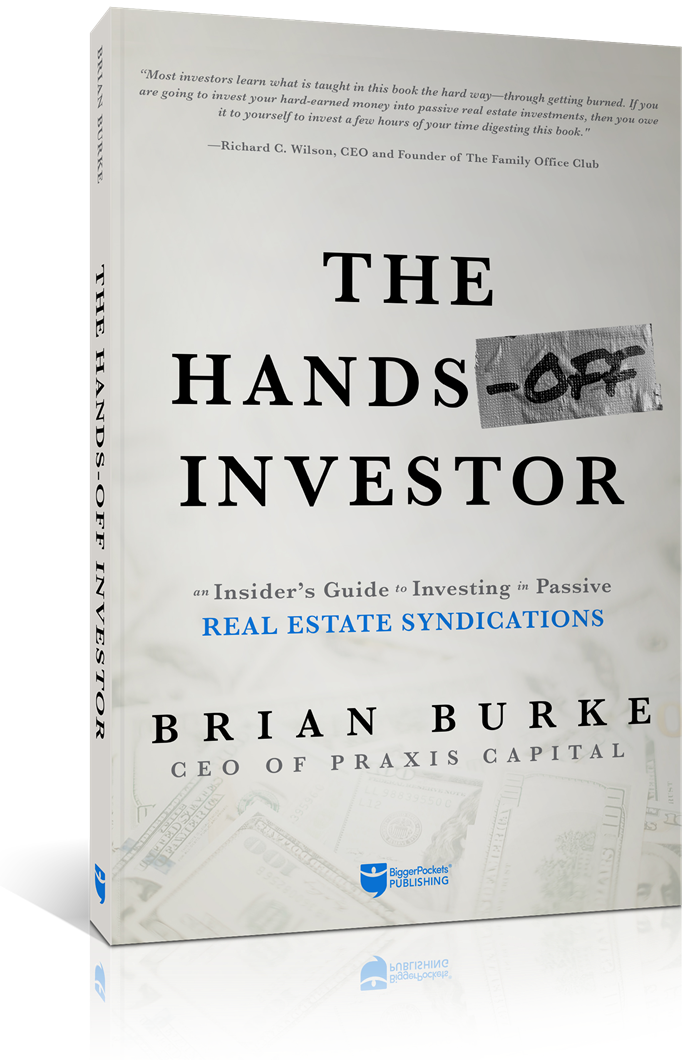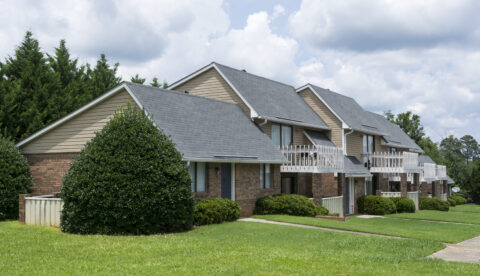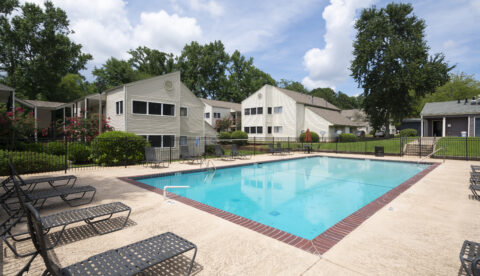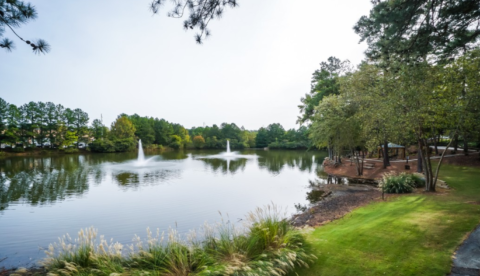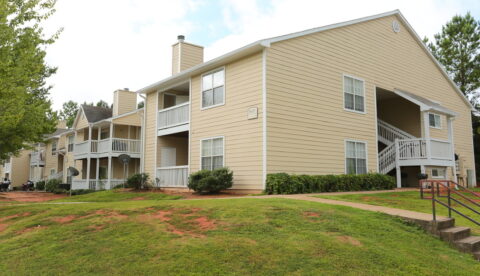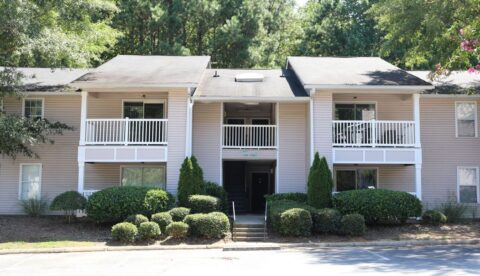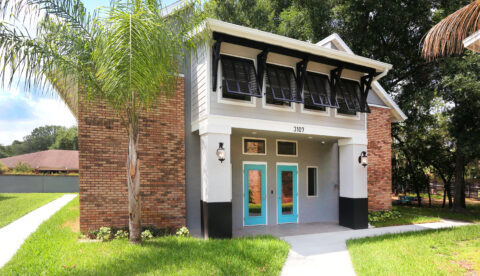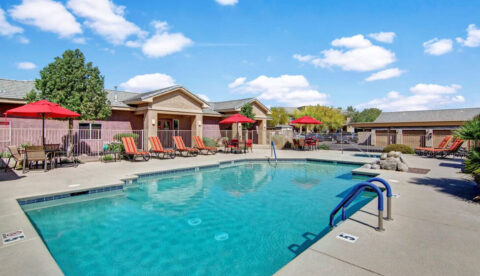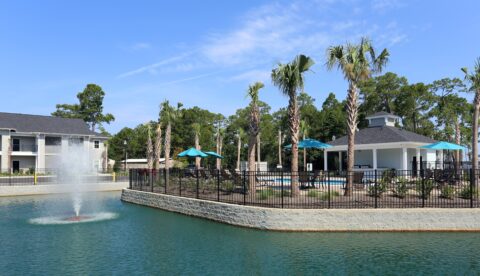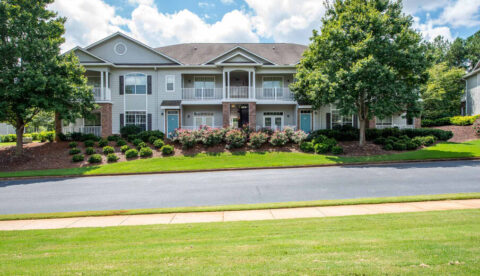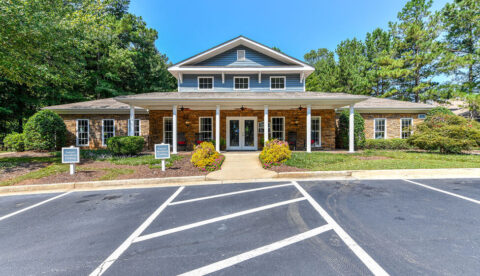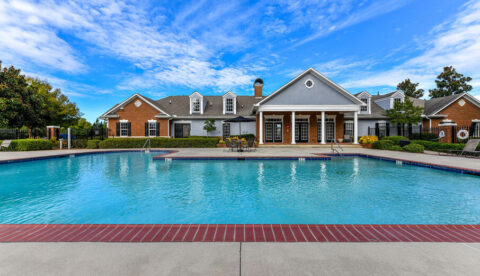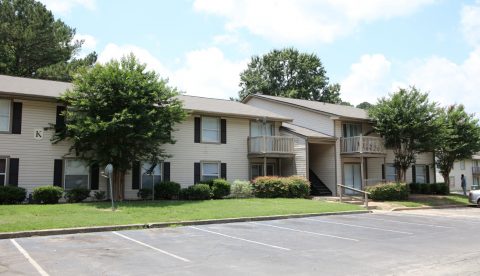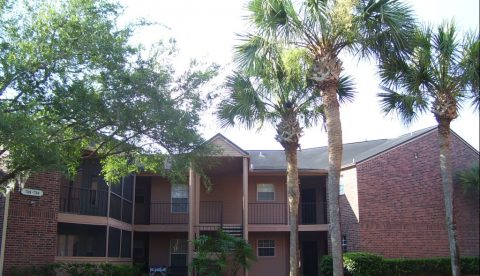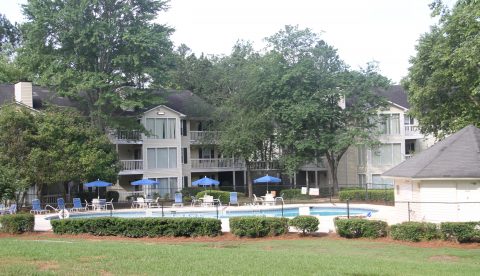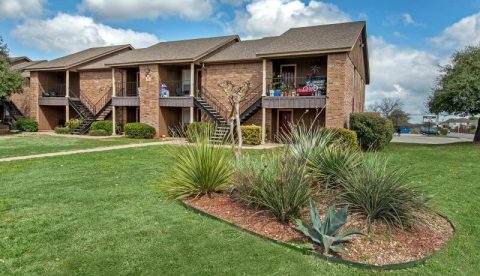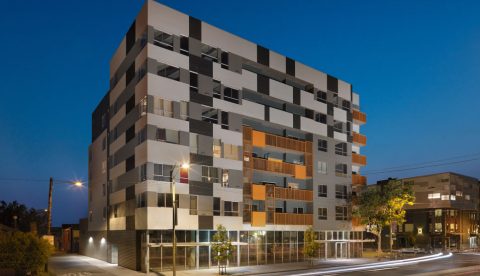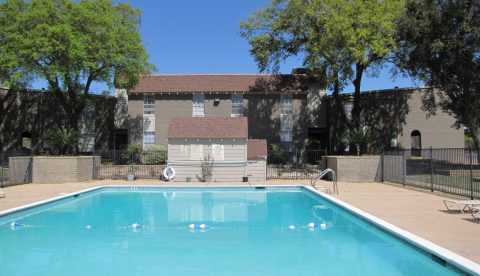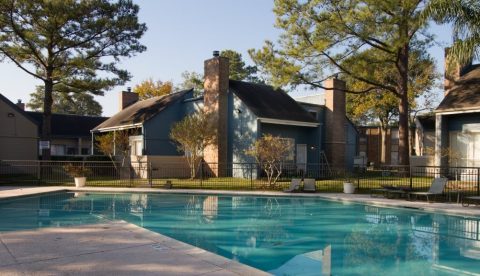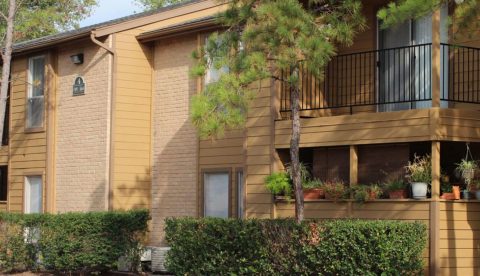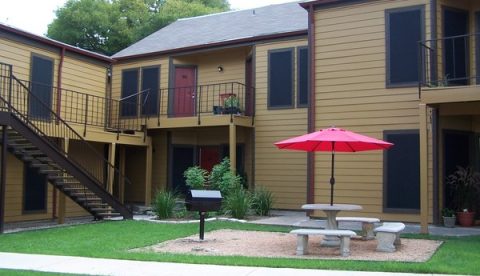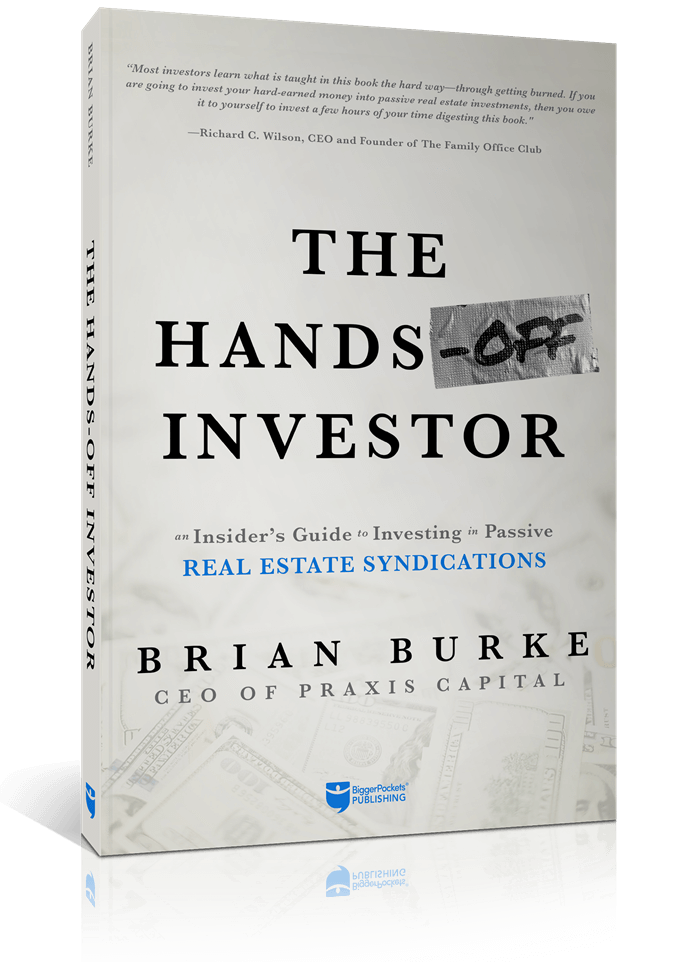Why Value-Add Property Can be Somewhat Immune from Adverse Cycles

“If you want to sell a car and you spend $5 to wash and polish it and then apply a little extra elbow grease, suddenly you find you can charge an extra $400.” –Tony Schwartz, The Art of the Deal
Schwartz ghostwrote that line on behalf of his co-author Donald Trump, a man who knows more than a little about adding value. To illustrate both men’s point, when a homeowner applies a new coat of paint to a residence he intends on keeping and living in, he’s instilling a sense of pride in himself and his surroundings. But when he does the same thing to a property he intends to rent out or sell, pride has little or nothing to do with it. It’s a financial move, and usually a smart one.
The More You Improve, The More You Can Charge
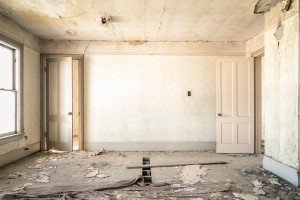
“Value-added” isn’t just a piece of real estate investing jargon. Rather, it’s an expression you can take literally (to the bank) – spending a fixed amount on a property today to augment its worth by a greater amount tomorrow. And next month. And so on. For investors in Income property, adding value can be a financially prudent way to justify increasing rents.
There’s more to adding value than just spending money on improvements. The trick is to make the right improvements.
Improving common area amenities and the aesthetics of the interior and exterior produce the best results. Results can be amplified in a geographical area where there’s a huge variation between the group of properties at the top of the market and those a step below.
In a newly developed suburb of a burgeoning city in the Western United States, the difference between Class A and Class B might be so small that it wouldn’t be worth it for an investor to make major capital improvements to a Class B property. Spending $1,000 to get a $5 increase in rent is a make-work project, nothing more. But spending $1,000 to get a $25 increase in rent not only boosts cash flow, it also adds $5,000 to the property value of a property in a 6% cap rate market.
You Can Ignore Most of the World Around You

One advantage to fixing up a lower-tier property and elevating its status is that such a move ought to work irrespective of what the economy at large is doing. Adding value to Class B and Class C properties might not be recession-proof, but it’s recession-resistant.
When unemployment is low and wages are high, new Class A properties of course draw attention and high rents with high occupancy. Some of those rents end up being paid by people who are living beyond or at least at the frontier of their means. When the economy turns, which it always eventually does, said spendthrifts often have little choice but to start economizing. We’ll leave it to you to figure out what buildings they move to when it comes time to downsize.
Which isn’t to say that the middle of the market can never have vacancies, nor that said middle is impervious to external forces. But the upwardly mobile right tail of the middle of the market – the properties aspiring to upscale status – is usually in a better position than those properties’ downmarket counterparts.
The data backs this up. In 2014, value-added properties comprised 18% of the total of multifamily residential buildings sold. Last year, that ratio shot up to 22%. As many investors chase yield,they are coming around to the idea that spit and polish makes more sense than raze and rebuild.
Buying the value-added property is but one thing. There’s still the small matter of, you know, adding value. Which often means finding a new person or company to manage the property. After all, had the previous manager been outstanding, the property wouldn’t now have quite as much room to improve. The next task is hiring a construction management team, either an independent one or one from the same company as the new manager. The costs of this start getting prohibitive even before the first slab of new concrete is poured, which is yet another reason why most investors in value-added multifamily properties prefer to hire an outside real estate firm to deal with the minutiae of upgraded cabinets and stainless steel appliances, plus a plethora of other items.
If you’re serious about investing in value-added multifamily properties, don’t sit on your hands. It’s a seller’s market, with plenty of buyers from places you might not have expected.
Many foreign investors, tired of microscopic rates of return in the money market and wary of the vagaries of Wall Street, are finding stable and reliable rewards in the much sought after safe haven of United States commercial real estate. The Chinese nouveau riche lead the way, with Canadian investors a distant second, buying up properties in markets traditionally deemed too rich for most domestic investors’ blood (the San Francisco Bay Area, Manhattan, etc.)
In Closing
Value-added multifamily properties might constitute their own category of real estate, unlike any other, but universal investment principles still apply.
For starters, the price negotiated upon purchase of a multifamily property prime for added value is more important than the price the property eventually sells for. (We’ll repeat it until you’re sick of hearing it: You make your money going in.) Although with value-added multifamily properties, there’s also the critical intermediate matter of how much money to put into the property to truly add redeemable value.
The reality of serious real estate investing is that you have to kiss a lot of frogs. Or at least buy them drinks.
In today’s market, it’s commonplace for a real estate investment firm to consider hundreds of deals, rejecting most, before landing one. For independent outside investors looking to take advantage of market inefficiencies and public irrationality, the search for a truly promising multifamily property with the potential for added value can be tedious, even too tedious to bother with. But from the perspective of a firm whose livelihood is to search out such properties, the search is almost fun. Specialization makes for greater efficiency, a statement that Praxis Capital’s continued success can attest to every day of the year.

